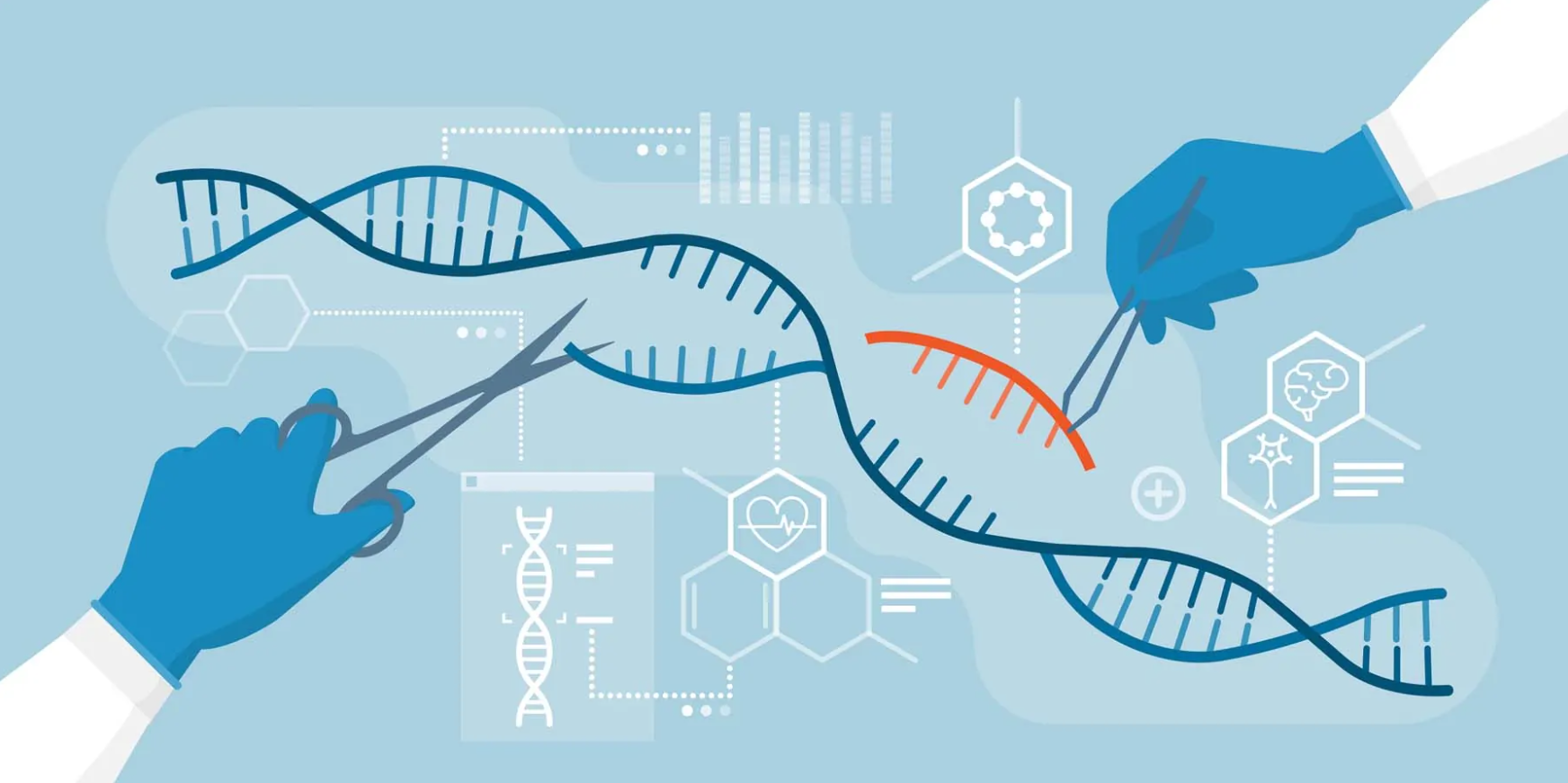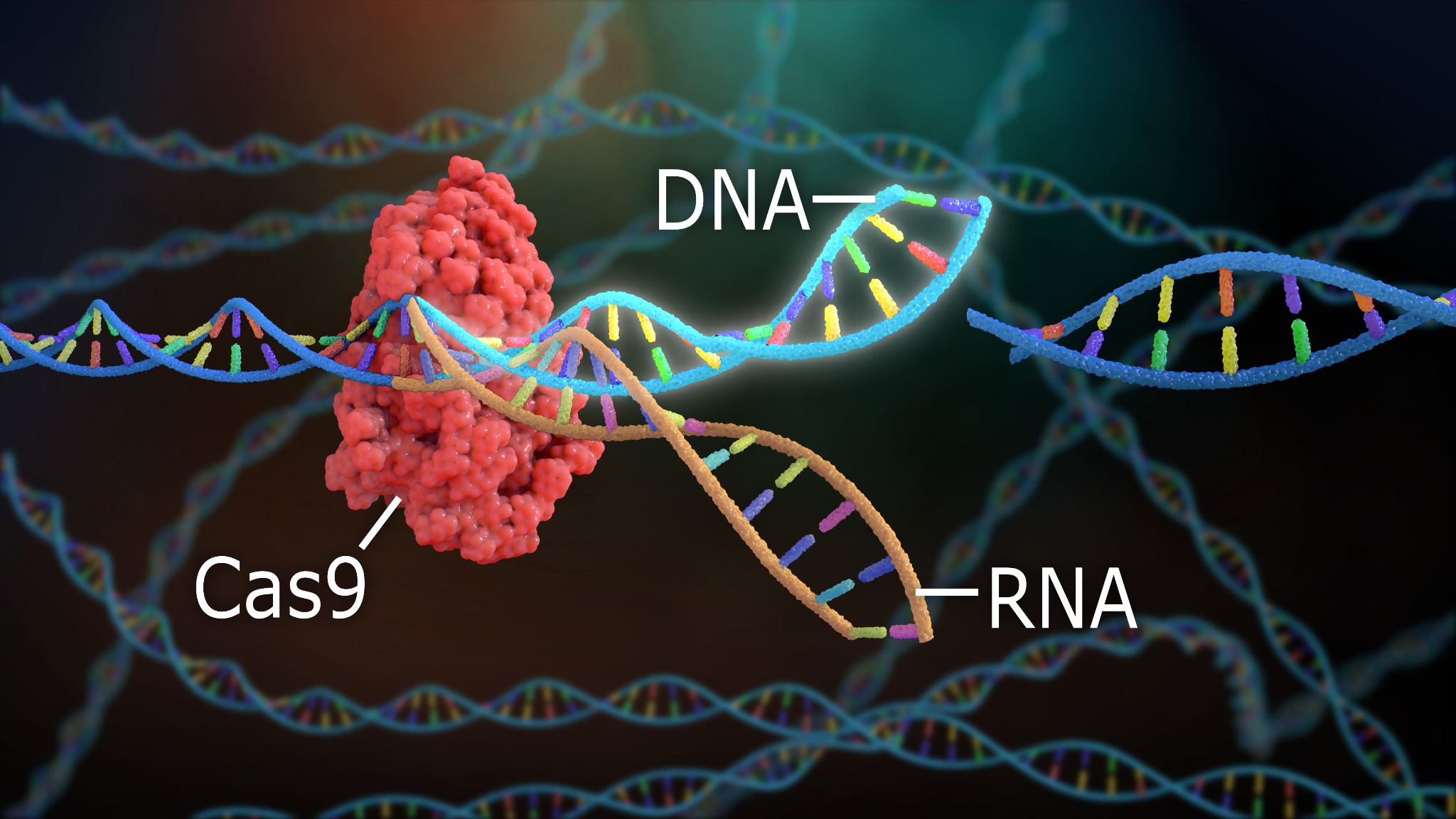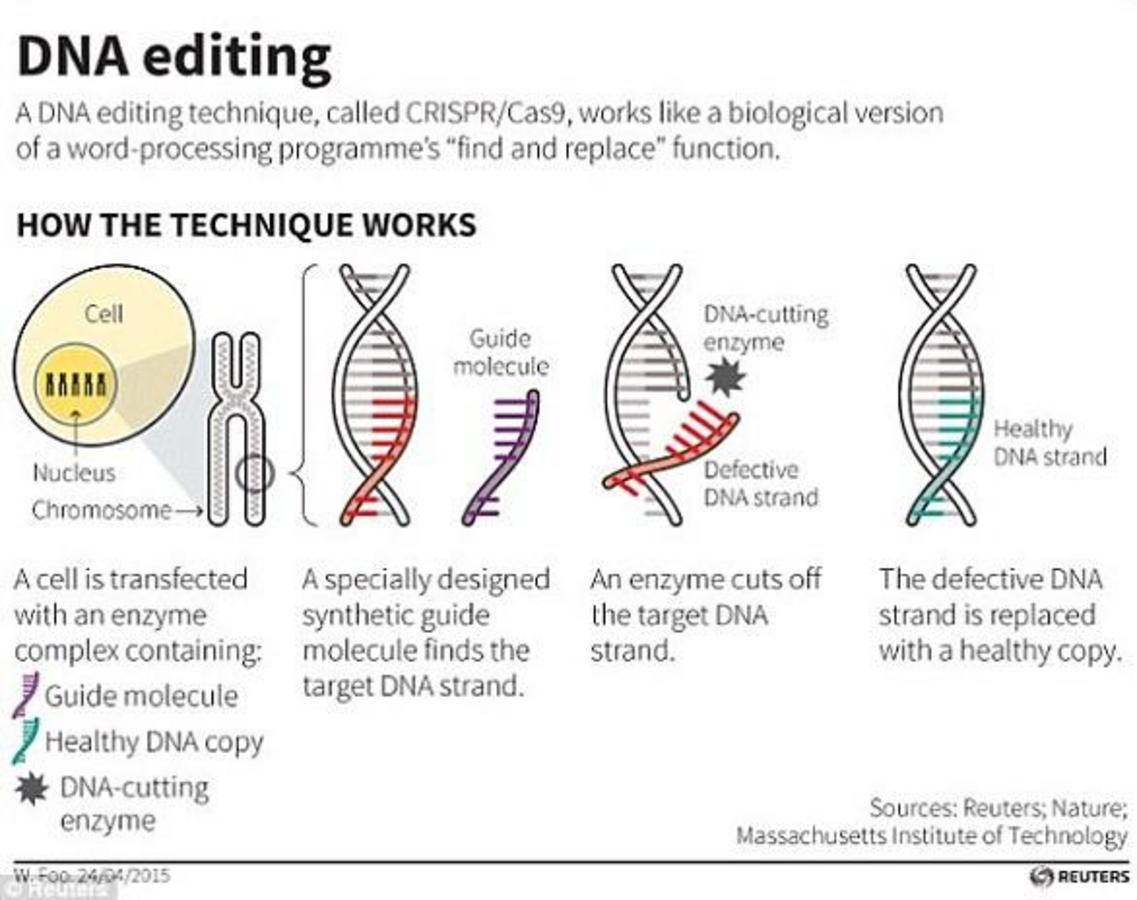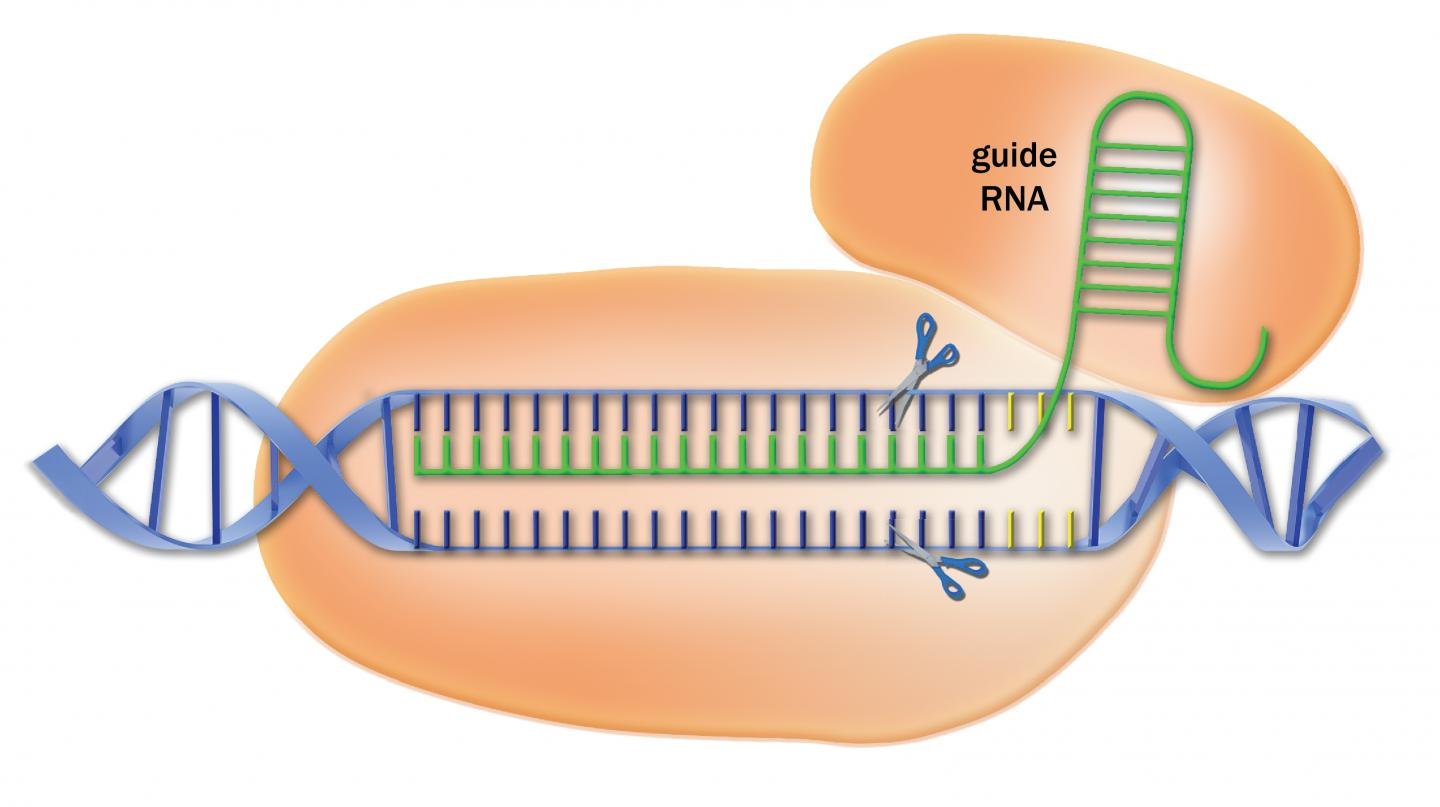

Cosmox Blogs
CRISPR CAS9 Technology and Gene Editing
Have you ever wondered if those science fiction movies or books had at least a little truth to them? I mean the ones that depict humans that have the ability to genetically mutate and transform themselves naturally or the ones where mad scientists attempt to create specimens with superhuman strength or telekinesis or have you ever watched Jurassic Park and wondered if you could actually make something like the Indominus Rex? Well, I’ll tell you what, they might actually be telling the truth, maybe partially. Well the first discoveries of what would later define the basis and foundations of gene editing and CRISPR technologies were made in 1987 all the way up to 2016. Gene editing is not just something you see in movies or books, because it certainly is a real thing.
Now, what is gene editing? Gene editing is the ability to alter the genetic composition of an organism through replacing, deleting or inserting DNA (deoxyribonucleic acid) sequences into an organism. This is usually done to improve the characteristics of an organism. For thousands of years, we have bred animals in the name of animal husbandry for the production of stronger and healthier livestock for agricultural purposes. But in recent times, we are in an age where we are able to genetically edit the DNA of human beings and other organisms. You might be thinking, that editing the genes of humans through scientific applications and in labs must be an extremely complicated process, but in reality, it is as simple as using a word processor.

Now, we know that genes are made up of DNA. DNA is made up of a twisted, double helix ropey structure that consists of four chemicals called A, G, C, and T (These are their initials). These ropes of chemicals are what every living thing on Earth is composed of, from nanoarchaeum equitans (One of the smallest creatures known to mankind) to the massive blue whale, every living organism consists of DNA strands and genes.
Gene editing and CRISPR technology is a very simple process, which is widely based on bacterial defense systems found in the body. Bacterial defense systems work by stealing a sequence of an invading virus’ DNA and splicing and inserting it into its own DNA. This allows the bacteria to be able to immediately detect a second invasion of the virus because it holds the information of the virus’ genetic address and therefore, provides it with the ability to be able to identify the virus. The newly formed sequences that the bacteria splices and inserts into its own genetic sequences are called CRISPR or Clustered Regularly Interspaced Short Palindromic Repeats for the abbreviation. CRISPR then allows the bacteria to make RNA (ribonucleic acid) copies of these CRISPR sequences to be able to detect future viral invasions of the same spliced virus, granting it the ability to be able to act immediately.
But how do defense enzymes like CRISPR turn into gene editing tools for scientists? Well, here's how… Instead of splicing DNA that contains information on viruses into CRISPR sequences, scientists splice in their own DNA strands that contain different genetic formulas. Here’s how it works in a little bit more detail:
-> Scientists start by choosing whether they are going to be genetically modifying a prokaryotic organism or a eukaryotic organism. Depending on the type of cell, they modify the gene they are going to be engineering.
-> Scientists then need to start designing the guide RNA (gRNA) and direct it to the specific sequence of DNA that is to be edited. To identify the target sequence, CAS9 enzymes use the protospacer adjacent motif to identify where the CAS9 enzyme must cut and bind the DNA. Scientists also use bioinformatics tools to allow them to be able to use software to design the gRNA sequence that matches and is suitable for the target DNA region.
-> Once the gRNA has been designed by scientists, the CRISPR-CAS9 components must be prepared as well. The plasmid vectors, such as the CAS9 gene, the gRNA sequence, and the promoter, determine which gene will be expressed. These are the most common delivery complexes for the CRISPR CAS9 system, but alternative delivery methods can also be through RNA-protein complexes and viral vectors for certain applications.
-> The next step involves the delivery of the CRISPR CAS9 system into cells. The CRISPR-CAS9 cells have to then be introduced to the target cells. The delivery methods vary depending on the cell type. Microinjection is applied to embryos or single cells. Electroporation is a technique of creating temporary pores in cell membranes to allow plasmids and complexes to enter. Lipid nanoparticles package CRISPR components in lipids for delivery and sometimes, viral vectors, a technique where viruses that are specifically engineered are used to deliver CRISPR CAS9 DNA to cells.
-> Once inside the cell, the DNA is targeted and then cut. This is when the gRNA is bound to the extra DNA sequence within the genome. The CAS9 recognizes a short sequence called protospacer adjacent motif also known as ‘PAM’ near the target site of where the DNA must be injected into. The CAS9 makes a double-strand break at the target location.
-> The next step of gene editing with the CRISPR CAS9 technique is repairing the DNA break where the CAS9 had made a double-strand break. The cell’s repair mechanisms are harnessed and attached to edit the DNA. There are two main processes in which the break is repaired. The first process, called non-homologous end joining is when the cell repairs the break by joining the DNA ends directly and the second process, called homology-directed repair is where a DNA template is supplied alongside the CRISPR CAS9 system, guiding the repair process to introduce precise changes.
-> The next step includes the process of screening and validation of the cells to confirm successful edits in the DNA.
-> The next step, called scaling up is a process done if the gene was edited for therapeutic or research purposes. Edited cell scans be cloned and expanded and for gene therapy, edited cells may be transplanted back into the patient to treat disorders and conditions like sickle cell armenia and others.
-> After this whole process, to wrap it up, these edits are checked if they comply with ethical guidelines and regulatory frameworks. Preclinical studies, clinical trials, and ethical oversights are done to ensure the utmost safety and that the task is performed to the expected degree.

Now, with the ability and efficiency that CRISPR CAS9 works at, it sure does have a lot of applications and uses for its efficient and reliable technology. It has a lot of potential in treating a diverse range of medical disorders, diseases, conditions, and errors that include a genetic component to the cause and spread of them such as Cancer, Hepatitis B, sickle cell anemia, and even high cholesterol. Current gene editing primarily focuses on the treatment of various cardiovascular diseases, metabolic disorders, primary defects of the immune system, hemophilia, muscular dystrophy, and the development of T-cell based anticancer immunotherapies.

But with the CRISPR CAS9 technology comes multiple disadvantages. Some include:
-> Off target activity
-> Poorly matched genomic locations
-> Poorly matched cut strand for the host
These are some reasons that could limit the CRISPR CAS9 technology to a smaller spectrum of patients. Studies show that CRISPR CAS9 has more chances of off target activity than any other gene editing technology out there.
In conclusion, the CRISPR CAS9 technology is an efficient and simple gene editing technology that is competent in its field of interest in treating conditions and disorders that include a genetic component to it. It might not be the perfect gene editing tool for every application but it is an extremely simple tool that makes the process of gene editing simplified.

Cosmox Blogs
A non profit organization that works on writing and delivering blogs on cosmology, natural sciences & environment, so that people can learn more about it. We even run a forums page, where our users interacts with each other and discuss about Cosmology, Natural Sciences & Astronomy. We even run an instagram and a youtube channel with podcasts.